How to Fix iPhone Speakers Not Working?
Your iPhone’s speaker may not work due to issues with the speaker itself or the iOS. Issues with your speaker might range from a clogged speaker to faulty hardware itself. The problem occurs on all generations and versions of iPhones. It should also be noted that the problem often occurs after an iOS update.
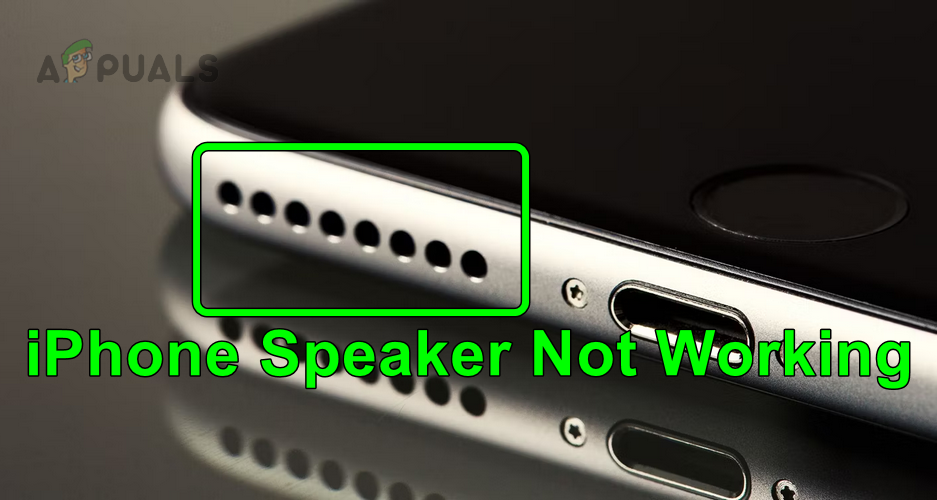
For some users, the speaker does not produce any sound. For others, the sound is very low or muffled. In some cases, the issue is only limited to a particular speaker (like the bottom speaker). In other cases, the issue only occurs with a particular app like WhatsApp or Facetime.
For some people, the problem occurs when the microphone is in use. For example, when you call a person and enable the speaker, then the speaker produces no or little sound but works fine otherwise. Some unlucky users see a greyed-out speaker icon in the iPhone’s Control Center.
1. Force Restart Your iPhone
First things first; performing a force restart of your device will rule out all temporary glitches that your iPhone may have.
- Tap on the iPhone’s volume up button and then tap on the volume down button.
- Now press and hold the iPhone’s side button till the screen shows the Apple logo. Do not release on the Apple Power menu screen.
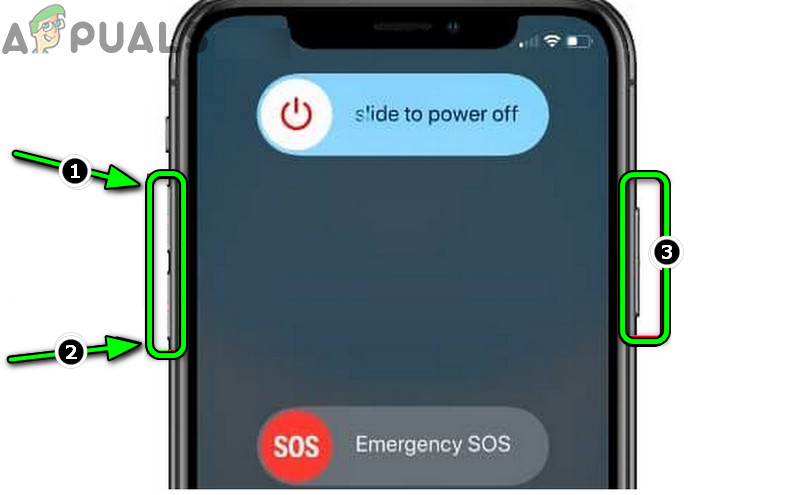
Force Restart the iPhone - Then wait till the iPhone boots and once done, check if the iPhone’s speaker is working.
2. Update the iOS to the Latest Build
The speaker may not work if the iOS is not up to date and its dependencies are failing to execute. Here, updating the iOS to the latest build may resolve the issue. Additionally, updating to the latest iOS may patch the bug causing the speaker issue. Although the process is a safe one, it is better to make a backup of your iPhone to avoid any future pain.
- Charge your iPhone to 100% and connect to a Wi-Fi network.
- Now open your iPhone’s Settings and select the General option.
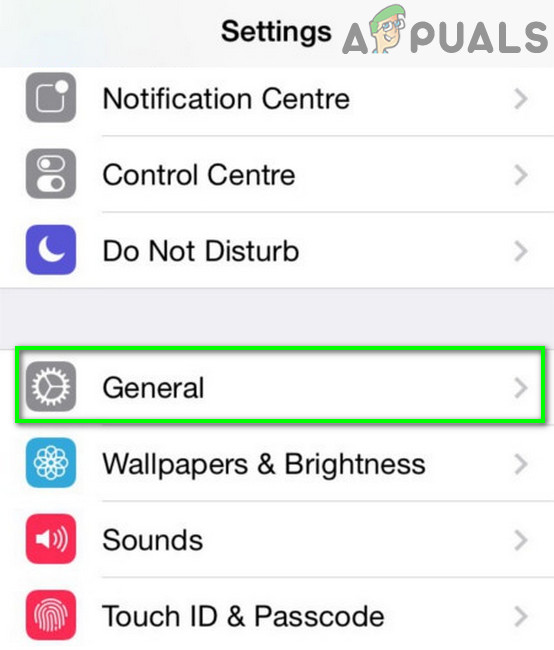
Open General Settings of iPhone - Then tap on Software Update and check if an iOS update is available.
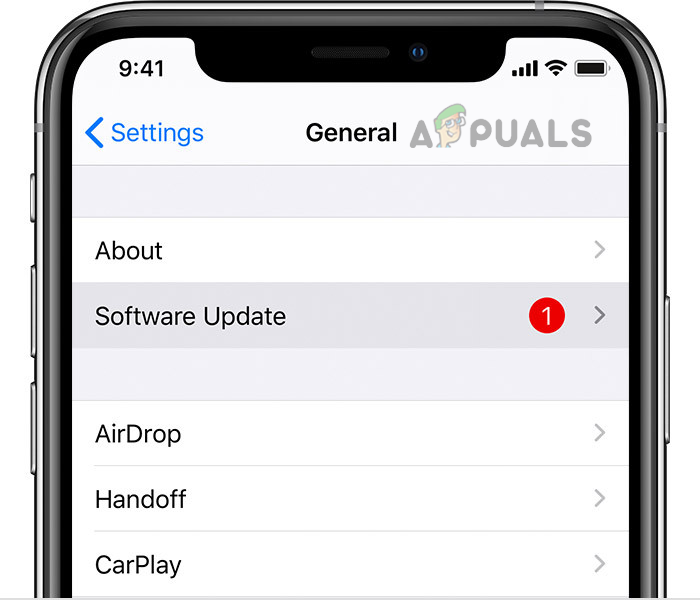
Update Software of iPhone - If so, download the update, and once done, install it.
- Then restart your iPhone and afterwards, check if the iPhone’s speaker is working fine.
3. Disable the iPhone’s Bluetooth
The speaker may not work if the iOS of your phone has routed its sounds to a non-present Bluetooth speaker. This may happen due to an iOS glitch. In this case, disabling the iPhone’s Bluetooth may resolve the speaker issue.
- Launch iPhone Settings and open Bluetooth.

Open Bluetooth in the iPhone Settings - Now disable Bluetooth by toggling its switch to off and then check if the iPhone speaker is working.

Disable Bluetooth of iPhone - If not, connect the iPhone to a Bluetooth speaker and then disconnect it.
- Then check if the iPhone’s built-in speakers are working.
If that did not work and the issue is occurring with a particular app, check if the speaker works correctly in other apps. If so, then you may contact the support of that particular app.
4. Change the iPhone’s Sound Settings
You may fail to hear sounds or loud sounds from the speaker if the iPhone’s sound settings are not correct. In this scenario, changing the sound settings of your iPhone may clear the problem.
- Head to the General tab in the iPhone’s Settings and open Accessibility. In some iPhone models, you may need to open Touch.
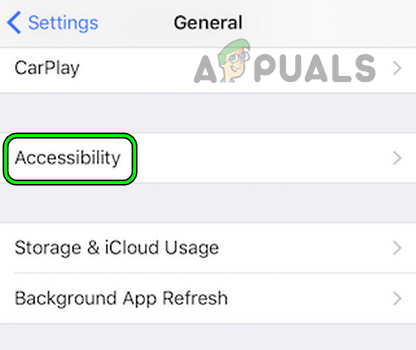
Open Accessibility in the iPhone’s General Settings - Now select Call Audio Routing and set its value to Automatic.
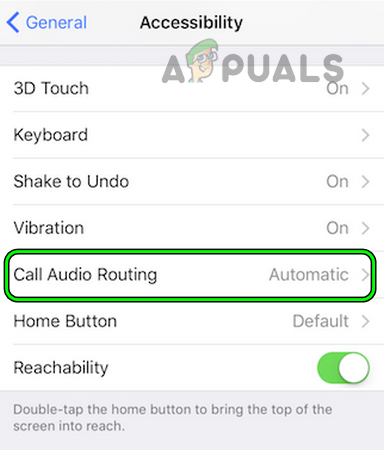
Open Call Audio Routing in the iPhone’s Accessibility Settings - Then force restart your iPhone (discussed earlier) and check if the speaker is working.
- If not, again open Accessibility in the iPhone Settings and select Audio Visual.
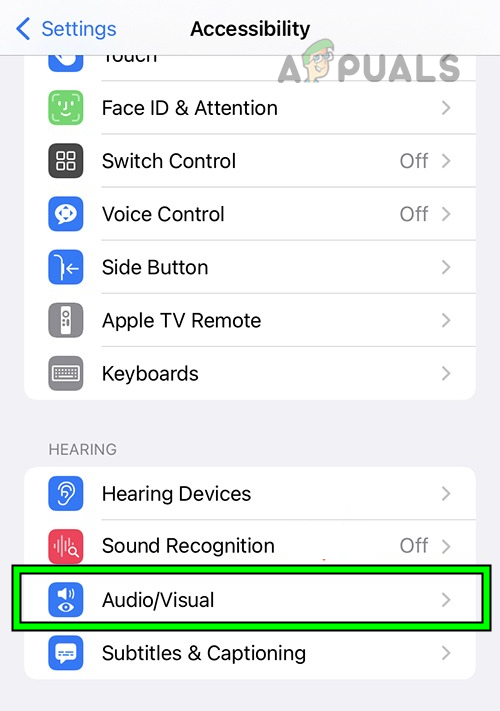
Open Audio Visual in the Accessibility Settings of the iPhone - Now move the Balance slider to both ends (left and right) and then leave the slider in the middle.
- Then check if the speaker has started to work.
- If the issue persists, open Sound in the iPhone Settings and play a ringtone.
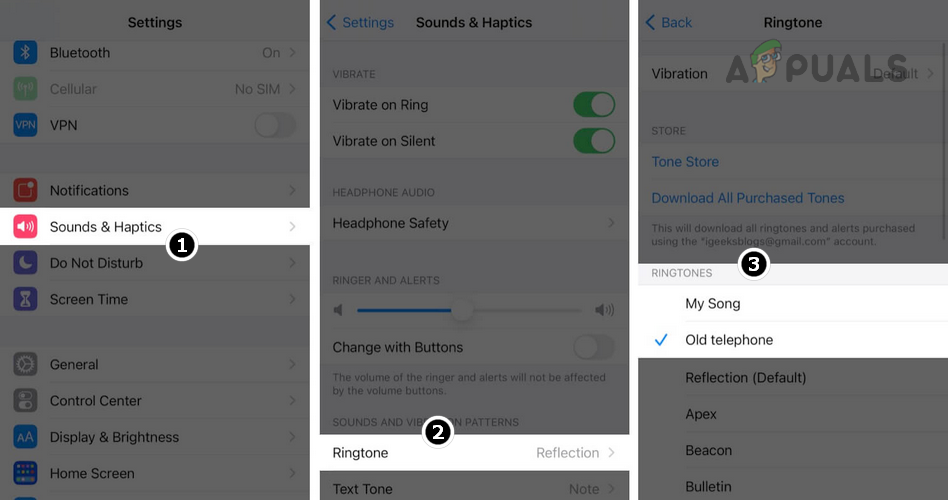
Play a Ringtone in the Sound Settings of the iPhone - Then check if the speaker has started to work correctly.
- If that did not work, head to Sound in the iPhone Settings and open Haptics.
- Now select Headphone Safety and enable Reduce Loud Sounds.
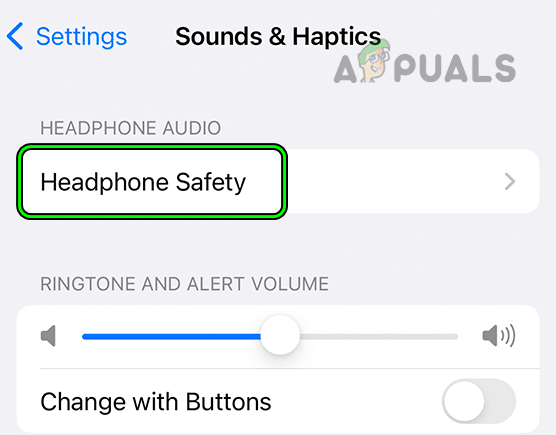
Open Headphone Safety in the Sound & Haptics Settings of the iPhone - Then set the slider to 100 decibels and then check the iPhone’s speaker.
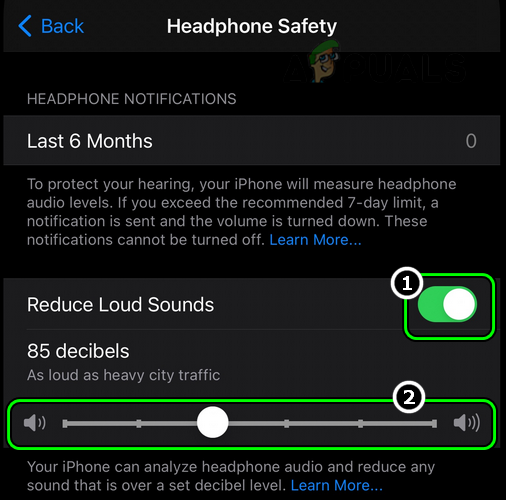
Enable Reduce Loud Sounds and Set its Slider to 100 Decibels in the iPhone’s Headphone Safety Settings - If the issue is still there, launch iPhone Settings and open Sound & Haptics.
- Now enable Keyboard Clicks and open an app where you use the keyboard like Messages.
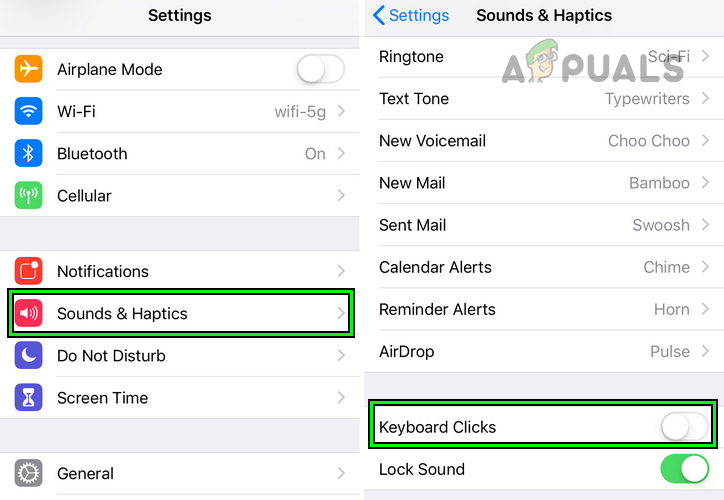
Enable Keyboard Clicks in the Sound & Haptics Sound Settings of the iPhone - Then start using the keyboard and check if the speaker is working.
- If so, check if the speaker is working fine for multimedia sounds as well.
5. Edit the Facetime Mic Settings
Some users cannot hear a sound from the speaker when making a Facetime call using the speaker. This can be a result of a misconfiguration of Facetime’s mic settings. Here, configuring Facetime’s Mic settings may solve the problem.
- Open Facetime and start a Facetime call.
- Now open the iPhone’s Control Center and near the top right of the Control Center, tap on the Mic Mode.

Open Mic Mode in a FaceTime Call from the iPhone’s Control Center - Then set its value to Wide Spectrum and afterwards, check if the speaker is working fine.

Set FaceTime Mic Mode to Wide Spectrum
If the issue persists, check if using a 5G SIM clears the issue. Otherwise, you may enable LTE in the Cellular Data Options of your iPhone and check if that clears the issue.
6. Delete a Conflicting App from Your iPhone
You may face this problem if a third-party app is manipulating the speaker’s output. Here, uninstalling the conflicting third-party app may solve the problem. You may have to dig deeper to find which app on your phone is the culprit. For illustration, we will discuss the process of uninstalling the Equalizer Everywhere app. Another such reported app is Smart Volume Control.
- Revert the Equalizer Everywhere app configurations to the default values and check if the speaker works fine.
- If not, tap and hold the Equalizer Everywhere app icon on the iPhone’s Home Screen.

Delete Equalizer Everywhere on the iPhone - Now select Remove App and then confirm to delete the app.
- Once done, restart your iPhone and then check if the speaker has started to work correctly.
7. Disable the Focus Mode of the iPhone
The speaker on your iPhone may not work if your phone is in focus mode, as that mode does not allow sounds. Here, disabling that particular focus mode may clear the problem.
- Launch the Settings of your iPhone and select Focus.
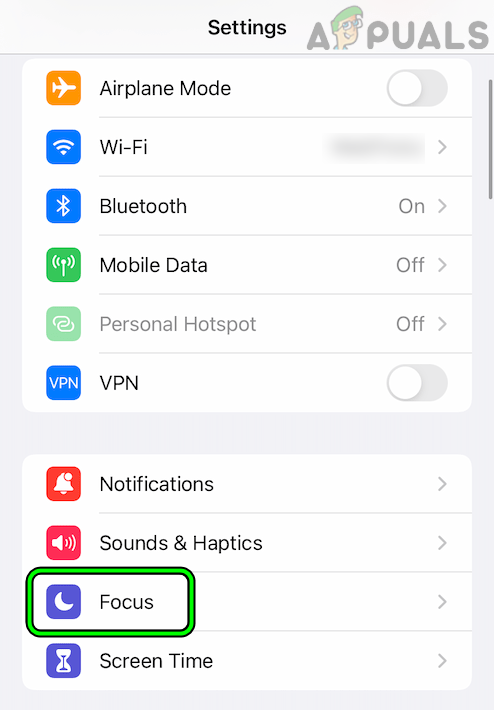
Open Focus in the iPhone Settings - Now open the particular focus in use like Do Not Disturb.
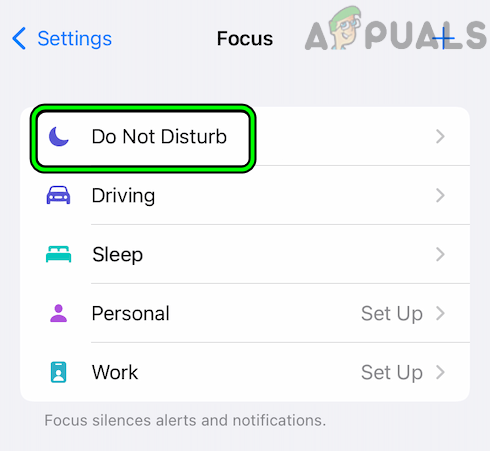
Open Do not Disturb in the Focus Settings of the iPhone - Then disable it and then check if the speaker is working.
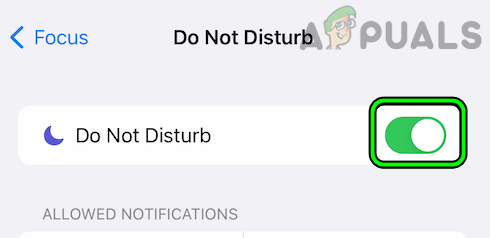
Disable Do Not Disturb Mode in the iPhone’s Focus Settings
8. Clean Your iPhone’s Speaker
Your iPhone’s speaker may clearly output sounds if dust or debris has accumulated inside the speaker. Due to this dust or debris, the speaker fails to output sound properly. Here, cleaning your iPhone’s speaker may solve the problem.
- Play an audio or video on your iPhone and grab a thin bristle brush. You can also use a toothpick or keyboard duster.
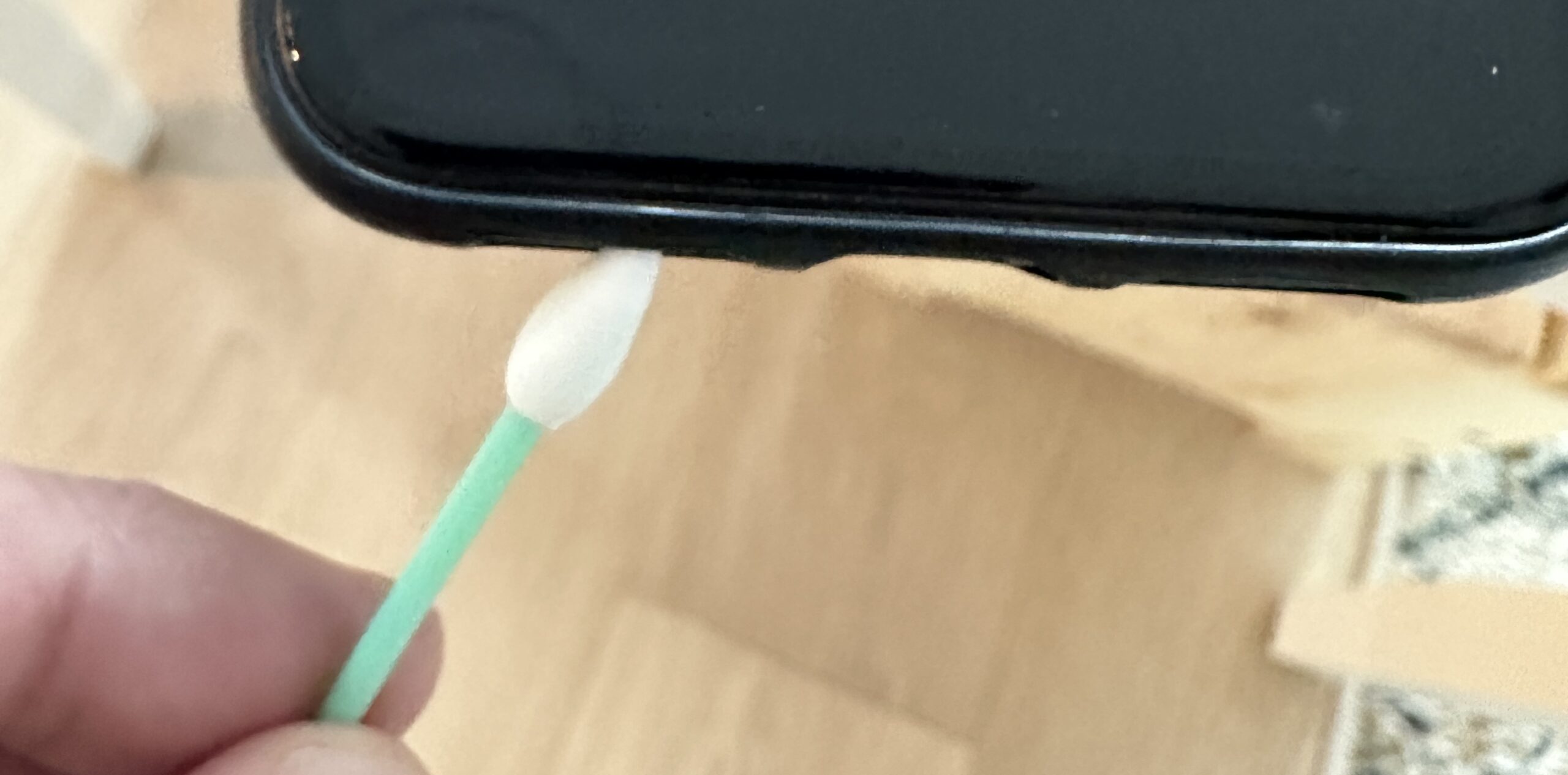
Using a q-tip to clean iPhone speakers - Now poke the holes of the speaker through the brush and check if the speaker has started to work.
- If not, grab some tissues and jam/twist them to clean the speaker openings.
- Now place the iPhone on its screen and wait for a few minutes.
- Then remove the tissues and check if the speaker is working correctly.
- If that did not work, grab a can of compressed air and shoot air into the speakers’ holes.

Difference between clean and dirty speakers in iPhone - Then check if the speaker has started to work.
- If the issue persists, try a vacuum cleaner, removing dust from the speaker through extraction. Then check if the speaker is working.
- If not, check if using a tweezer to plug out any fluff from the speaker resolves the issue.
- If the speaker still does not work, clean the iPhone’s speaker with a Q tip and isopropyl alcohol. You can also use 98% alcohol with a brush to clean the speakers.
- Then check if that resolves the issue.
- If the issue is still there, check if cleaning the speaker with a needle or SIM card ejector resolves the issue. Be warned, this may leave marks or discolor the speaker grill.
- If that did not work, clean the lightning port or headphone adapter (if you are using one) of your iPhone. Then check if that clears out the speaker issue. Some of you may wonder what headphones have to do with this. Debris or dust present in the port may cause a presence of a headphone for the iPhone. Due to this, the iOS may redirect the sounds to a non-present headphone, not to the speaker.

Cleaning iPhone’s speaker
If that did not resolve the issue, check if using the Speaker Cleaner app solves the problem.
9. Remove the iOS Beta Profile from the iPhone
A beta program of any application or OS is the testing phase of the software. Due to its partly-tested nature, many bugs may arise, such as the speaker issue at hand. In such a case, removing the iOS beta profile from the iPhone may resolve the issue.
- Head to the General tab of your iPhone Settings and select VPN & Device Management.
- Now tap on the iOS Beta Software Profile and press Remove Profile.

Remove Beta Profile from Your iPhone - Then restart your iPhone and update the iPhone’s iOS to the latest build (discussed earlier).
- Now check if the speaker of your iPhone is working.
10. Reset All Your iPhone Settings to the Defaults
You may also encounter the issue at hand if some settings of your iPhone are not allowing the speaker to work. This change might have been done by you or by a third-party app. Finding such a setting is usually not that easy. Here, resetting all settings of your iPhone to the defaults may clear the issue. Make sure to note down the information that you may need later, like Wi-Fi credentials.
- Open General in your iPhone Settings and select Reset.
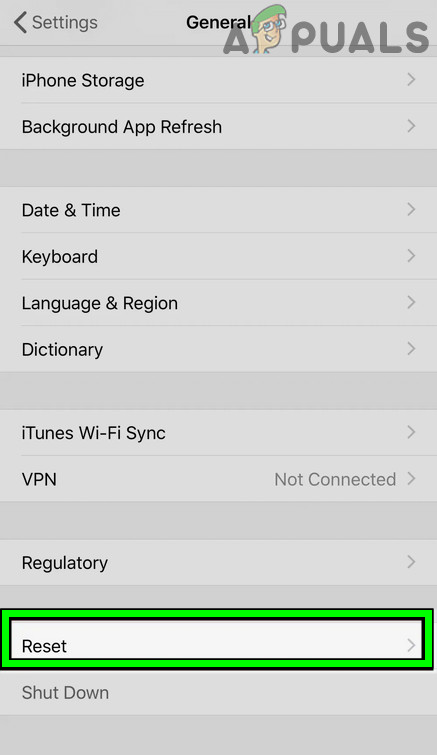
Open Reset in General Settings of Your iPhone - Now tap on Reset all Settings and afterwards, confirm to reset all the iPhone Settings.
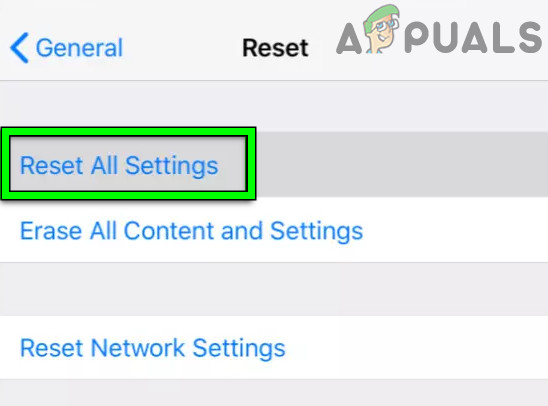
Reset All Settings on Your iPhone - Once done, restart your iPhone and check if the speaker is working.
11. Reset Your iPhone to the Factory Defaults
If your phone’s operating system itself is corrupt, it is possible that sound is not being output at all through your speakers. This corruption may have occurred due to poor application of an update. Resetting your iPhone to the factory defaults may make the speaker functional.
- Create a backup of your iPhone and charge its battery to full.
- Now head to the General tab of your iPhone Settings and select Reset.
- Then tap on Erase All Content and Settings and then confirm to reset your iPhone.

Erase All Content and Settings of the iPhone - Now, wait till the reset process completes, and then, set up the iPhone as a new one without restoring from a backup.
- Hopefully, the speaker will resume functionality afterwards.
If the issue persists, check if pressing the backside of the speaker makes it work. If the issue cannot be resolved, then you may need to contact Apple support for a replacement of the iPhone or its repair. This may be under a warranty or a separate payment. You can also use a local repair service if the iPhone is out of warranty. Till then, you could use a headphone with your iPhone or use a Bluetooth speaker.





